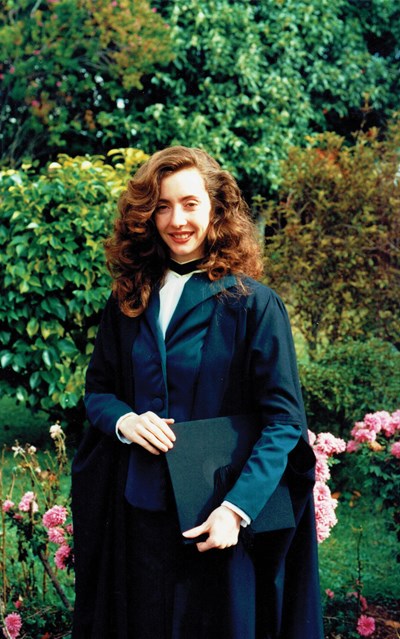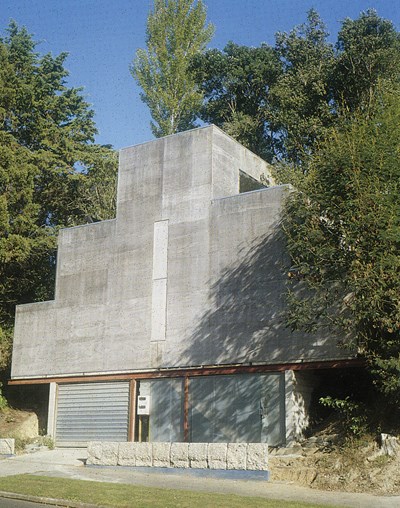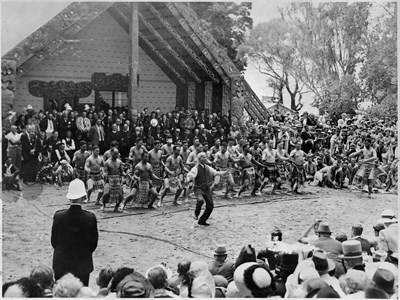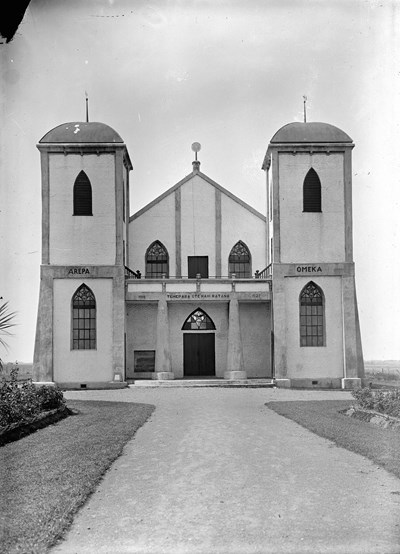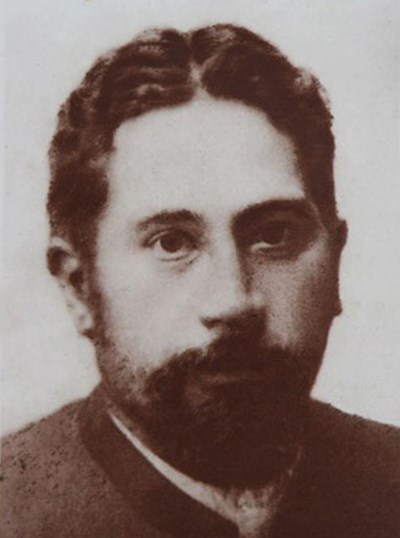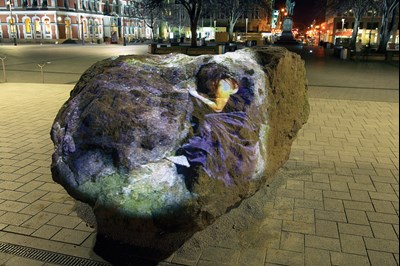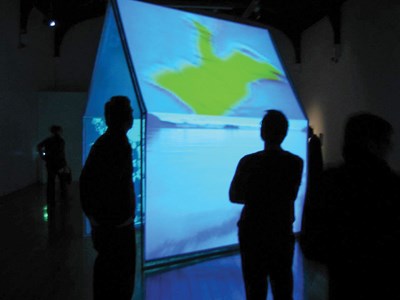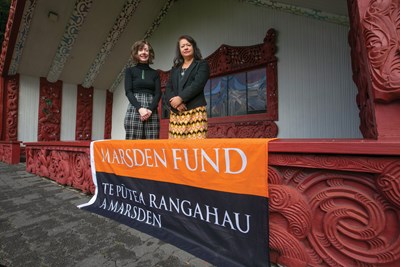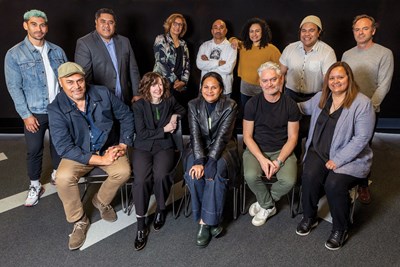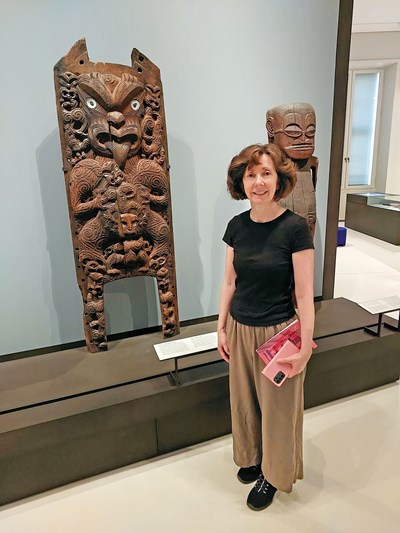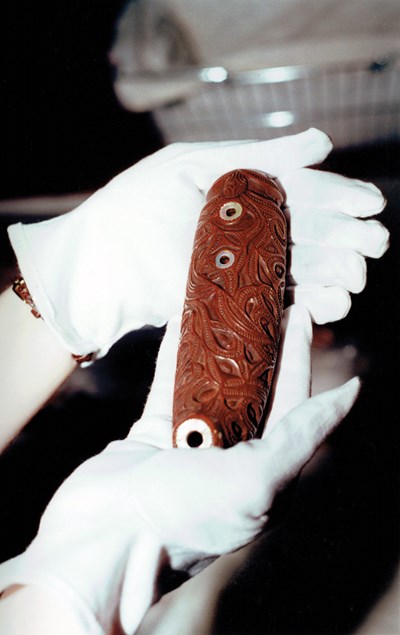2023 Gold Medal: Professor Deidre Brown
Our highest honour is presented this year to Professor Deidre Brown.
In 2019, Deidre Brown’s appointment as Head of Te Pare School of Architecture and Planning at the University of Auckland made her the first Indigenous woman in the world to hold such a position. It also marked 30 years since Deidre (Ngāpuhi, Ngāti Kahu) began studying architecture at the school, where – in her first crit – she was told to ‘leave Māori architecture on the marae where it belonged’. Her response was to do the opposite.
In continuing to challenge numerous strictures of thinking and practice, Deidre Brown PhD has made an astounding contribution to architecture in Aotearoa New Zealand. The breadth of her work is impressive, encompassing architecture and art, history and housing, culture and craft. Through teaching, research, writing, art curation, leadership and mentoring, Deidre has touched the lives of many. Her sphere of influence is so far-reaching that it’s impossible to define.
For Te Kāhui Whaihanga, embracing the introduction of a broader criteria for awarding the Gold Medal – the Institute’s highest honour – is a watershed moment. As a profession, there is much to celebrate in recognising the highly influential career of this wahine toa.
Deidre is a Fellow of the Institute and the Royal Society of New Zealand Te Apārangi. Throughout her career, a year has not passed without the appointment of a fellowship, scholarship or new academic role, the receipt of an award, the publication of a book or paper, the curation of an exhibition, or her guidance influencing architects and urban planners in the making. In academia alone, Deidre has taught hundreds of students and mentored dozens.
Importantly, Deidre’s influence has not been confined to the academic world but made accessible through multiple avenues, including literature. Her seminal book, Māori Architecture (2009), was a landmark achievement in our history and continues to be an influential force. The book traces an architectural evolution from pre-European to contemporary times, telling the story of an ever-changing people. It is just one piece of Deidre’s work that is relevant and critical to the development of Aotearoa’s unique identity.
By continually asking what a contribution to architecture should look like, Deidre has answered her own questioning. As a discipline, it’s about working with people to enhance their hauora (wellbeing). It is about creating culturally responsive and responsible architecture. Last year, the many paths of Deidre’s career led her to establish MĀPIHI Māori and Pacific Housing Research Centre. The organisation, which she co-directs with former student Dr Karamia Müller, is aimed at supporting Māori and Pacific whānau to live in healthy, affordable and sustainable homes.
This initiative somewhat transforms the role of academic thinking into the practical resolution of a prevalent problem – housing. By taking academic skills and applying them to a fundamental societal challenge, the highly gifted and talented among us become even more relevant.
Awarding this Gold Medal honours the full extent of how architecture is recognised and understood. It also pays homage to a profoundly influential individual and career that embody and promote the spirit of Te Tiriti o Waitangi, of partnership between Māori and Pākehā. At a time of transformation in our country and culture, this award is timely.
Gold Medal film
Testimonials

Dame Anne Salmond
Deidre’s work has been ground-breaking for architects and scholars in Aotearoa New Zealand and internationally.

Rau Hoskins
Deidre’s commitment to the field has ensured that those early seeds planted in the 1970s are now truly beginning to grow and flourish.

Dr Karamia Müller
Where there are glass ceilings, Deidre will build something new and empower those around her to do so for themselves, leading through serving...

Mike Austin, Mike Linzey and Sarah Treadwell
She had her own way to follow.

Professor Deidre Brown
In architectural practice, you can change the world one building at a time; in teaching, you can change it through 100-plus architectural graduates a year.
Dame Anne Salmond

Rau Hoskins

Dr Karamia Müller

Mike Austin, Mike Linzey and Sarah Treadwell

Professor Deidre Brown






